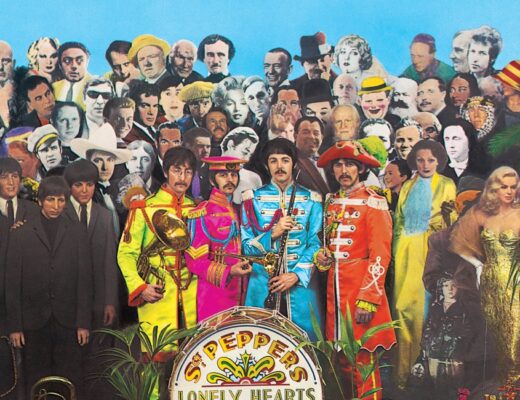Harlecore is an almost otherworldly album, built from familiar parts but singular and thrilling in every way.
Danny L Harle makes music for an alternative universe, one where “Blue (Da Ba Dee)” has retained its status as the number one song in the world for the 22nd year in a row, where Cascada is as critically lauded and respected as Björk, and where Darude’s “Sandstorm” has been inducted into the Library of Congress’ National Recording Registry. In this otherworld, every track off of his debut album, the long-awaited Harlecore, would be a Top 10 Billboard hit single blasted from every abandoned warehouse and speaker system in the country. Sadly, there exists no parallel world that would accommodate such particulars; Harle’s brand of early-2000s genre-mashing (name your pick: Europop, happy hardcore, EDM, rave, etc.) isn’t sanitized enough for public consumption, even if he has been credited on some of the more forwarding-thinking pop musicians’ production of our time. His approach to songwriting can best be exemplified by his “Huge Danny” remix of Ed Sheeran and Khalid’s boring “Beautiful People”: he amplifies the base level of pathos found in mainstream pop, pushes it past the point of irony, and locates a newfound sincerity that most mainstream artists are afraid to dabble in. In theoretical essence, Harle celebrates the pure euphoric joy music can provide, the unabashed ecstasy found in libidinal release.
Harlecore’s constructed around these fundamental tenets, and succeeds in spades — and even goes as far as to ambitiously humanize its eclectic sonic palette through a Split-style usage of multiple personas, all of whom constitute the album’s admittedly goofy cover art. You have DJ Danny, which is Harle working in his own established style of Dance Dance Revolution-friendly material like the soulful opener “Where Are You Now.” There’s MC Boing, a Crazy Frog-esque figure (and long-time collaborative effort with Lil Data) whose energetic, annoying presence is reduced to brief interludes like the manic “Car Song,” which finds Lil Data screaming “We are driving in a car” in tandem with a car’s honking horn. Meanwhile, DJ Ocean utilizes Caroline Polachek’s ethereal vocal abilities to their fullest on the project’s most nacreous and texturally-detailed tracks, and DJ Mahem (a collab with Hudson Mohawk) lives up to its namesake with aggressive rave anthems that nearly buckle from the weight of their whopping basslines. While each of these alter egos represents something of a stylistic shift for Harle as they manifest, his music’s consistent energy maintains a steady progression, one undeterred by these frequent switch-ups and detours; that he’s able to retain firm authorship over a wide variety of tonalities and rhythms is impressive in its own right, but even more so by the fact that each of these disparate elements coheres into something familiar, yet also idiosyncratic. On the cinematic works of Frank Tashlin, Jean-Luc Godard once praised the former animator because he hadn’t simply replicated what had come before, but had improved on a formula by establishing his own lexicon, stating: “Tashlin, in other words, has not renewed but created. And henceforth, when you talk about a comedy, don’t say ‘It’s Chaplinesque’; say, loud and clear, ‘It’s Tashlinesque.’” In that sense, when talking about modern dance music, Danny has accomplished the same feat; so say it loud and clear people: “It’s Harlecore.”
Published as part of Album Roundup — February 2021 | Part 2.







